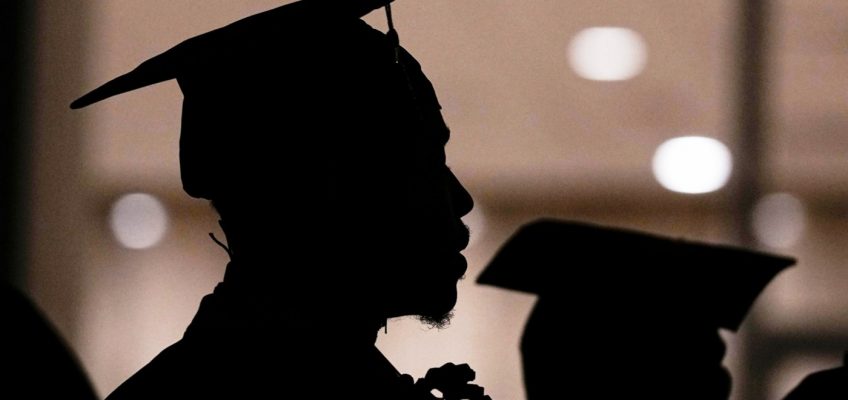ST. PAUL — Public and charter school students across Minnesota reported improved health factors — from mental health and cyberbullying to how many fruits and vegetables they eat — in the 2025 Minnesota Student Survey.
The Minnesota Department of Health on Tuesday released the results of the triennial survey of the state’s fifth, eighth, ninth and 11th grade students.
State officials noted positive trends across multiple categories, including mental health. Compared to 2022, students’ responses to questions about anxiety, depression and suicidal ideation improved. In fact, the percentage of high school juniors “considering suicide was at its lowest in more than a decade,” per MDH’s news release.
“Though students continue to struggle with mental health, the current survey shows some positive trends and reversals toward improved well-being and healthier behaviors that are encouraging to see,” said Minnesota Commissioner of Health Dr. Brooke Cunningham. “We can build on this momentum by continuing to foster safe environments that make young people feel included, engaged and like they belong.”
The students also reported increases in educational engagement, feeling safe at school, their consumption of fruits and vegetables, their general health, and belief that teachers and others in their lives care for them.
The survey also notes some decreases in cyberbullying, sexual activity, substance use (including alcohol, tobacco and cannabis), and missing school due to anxiety, boredom or feeling unsafe.
“This survey shows that focused efforts by schools and educators, supported by state investments, have increased a sense of belonging at school,” said Willie Jett, the state’s education commissioner. “When students feel safe, supported and nourished, they are more engaged and ready to learn.”
And while fewer students reported having an adverse childhood experience — traumatic events such as witnessing violence, being abused, being unhoused and so on — 40% did report at least one ACE, Cunningham said.
“(This) highlights the importance of supporting Minnesota families to secure basic needs, such as food and health care, and address the root causes and adverse effects of incarceration, homelessness and substance misuse,” she said.
New questions in the 2025 survey had to do with social media, screen time and gun violence. Of the high school students surveyed, 90% use social media each day, and four out of 10 juniors said time spent on social media contributes “to them having trouble getting homework, chores or other major responsibilities done.”
More than half of those high school students, at least once per week, use technology between midnight and 5 a.m. on school nights.
As for gun violence, 6% of surveyed high school students said they have witnessed people using guns to threaten or hurt another person.
The results of the 2025 survey, Jett said, will help inform state lawmakers and other decision-makers.
More than 119,000 students participated in this year’s survey.
Related Articles
Trump’s crackdown on immigration is taking a toll on child care workers
Prospective employees, companies negotiate fast-changing new world of AI
Education Department workers targeted in layoffs are returning to tackle civil rights backlog
Forest Lake school board deadlocks on filling vacancy, holding up other business
US appeals court rejects Trump administration bid to halt grants for school mental health workers




